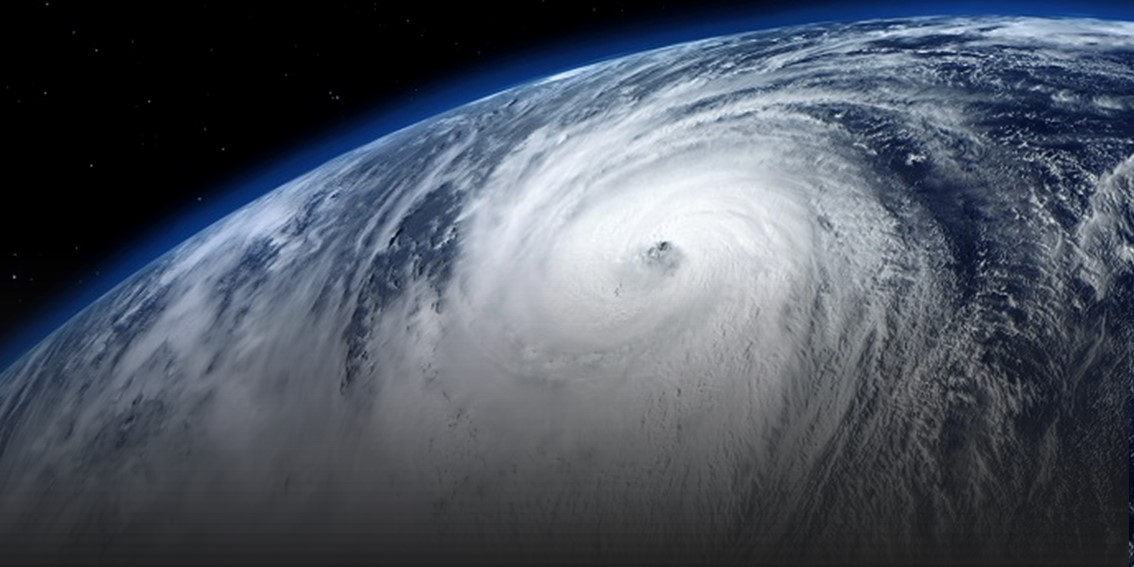


Summary
- Current Status: As of 8 a.m. EDT on October 8, 2024, Hurricane Milton is a powerful Category 4 hurricane with maximum sustained winds of 145 miles per hour. Milton underwent an eyewall replacement cycle this morning which broadened its wind envelope but also weakened the storm from its peak intensity. The center of circulation is located about 100 miles northeast of Progreso, Mexico, on the Yucatan Peninsula and is moving east-northeast at 12 mph.
- Forecast Track: Milton is beginning to make its highly anticipated northeasterly turn toward the Florida Peninsula. An upper-level trough over the Northern Gulf of Mexico will help steer the system towards the Florida Gulf Coast. The timing of the interaction between these features remains difficult to determine, and model guidance still shows a range of track scenarios from Naples to Clearwater. The National Hurricane Center (NHC) expects Milton to make landfall close to midnight Thursday morning on the central-west Florida Peninsula coast, with the onset of tropical storm conditions occurring on Wednesday morning. Milton's track will be critical for determining impacts, as regions south of the eye will experience the highest levels of storm surge and regions north of the eye will likely experience the highest rain totals. Milton will then traverse east-northeast across the Florida Peninsula before emerging into the Atlantic Ocean on Thursday afternoon.
Looking Back—Historic Intensification
- Extreme Rapid Intensification: In 18 hours, Milton went from a Category 1 to Category 5 hurricane. Hurricane Wilma (2005) is the only storm to have completely this category ascension quicker (in 12 hours). Between 8 p.m. EDT on October 5 and 8 p.m. EDT on October 7, Milton increased in intensity by 130 mph and its pressure dropped by 105 mb. On record, only Wilma has a faster pressure drop and intensity change in 48 hours. Between October 6 and 7 evening, Milton increased in intensity by 90 mph during a 24-hour period, which only trails Hurricane Wilma and Felix (2007).
- Peak Intensity: Milton reached Category 5 status on Monday evening, when the storm attained a peak of 180 mph sustained winds and a minimum central pressure of 897 mb. This central pressure made Milton the 5th-strongest observed hurricane in the North Atlantic and was only 2 mb higher than Hurricane Rita’s (2005) record low pressure in the Gulf of Mexico (895 mb). When Milton reached Category 5 status, it was moving towards the southeast. It is the only Category 5 on record in the North Atlantic to be moving that direction.
Looking Ahead—Still Some Uncertainty
- Intensity Forecast: As Milton approaches the Florida coast, atmospheric conditions are expected to grow more hostile for the hurricane, as increased levels of wind shear and dry air will be impacting the system. Milton is expected to weaken as a result these factors. Consensus model guidance is currently for a Category 2 hurricane at landfall, but the NHC remains bullish and expects Milton to make landfall as a Category 3, major hurricane. Despite weakening maximum sustained winds, Milton will continue to grow in size, amplifying potential storm surge and precipitation impacts due to an expanding wind footprint.
- Track Forecast: Current consensus model guidance shows Milton making landfall just south of Tampa Bay, near Sarasota. However, it is important to note that the distance between Clearwater to Siesta Key is roughly 70 miles, which is the average track error of the NHC 48-hour forecasts. The exact landfall location of Milton will be dictated by the extent of its interaction with the large-scale steering current (upper-level trough), which we will understand with more clarity by tomorrow morning.
Compounding Impacts
- “Expanding Bullseye”: The west-central coast of Florida has not seen a direct hurricane landfall since 1946. During the ~80 years since the last hurricane impact, regional population skyrocketed, and the urban areas dramatically increased in size. No matter where Milton makes landfall, the “expanded bullseye” of property and infrastructure guarantees that extensive damage will occur, even if Milton makes landfall south of Tampa Bay.
- Hurricane Helene Impacts: Debris remains across the Florida Gulf Coast from Hurricane Helene’s passage just 2 weeks prior. The lack of time to conduct proper post-storm cleanup means that debris-removal efforts have not completed. Hurricane winds from Milton will turn debris into projectiles that may increase damage across coastal areas. Additionally, sewer systems that remain compromised with sediment from Helene’s storm surge will not be able to combat Milton’s incoming inundation, further amplifying Milton’s surge threat.






Another statement from the CAT Resource Center is scheduled for Wednesday, October 9, 2024.
Additional links of interest:
US National Hurricane Center
US National Weather Service
National Weather Service Tampa